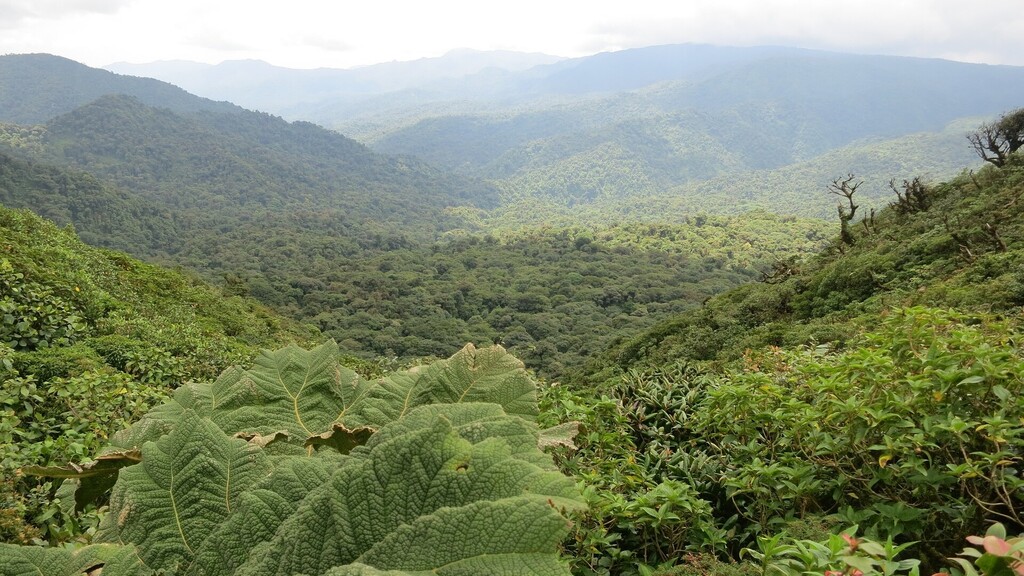Corcovado National Park is located on the Osa Peninsula and covers 42,469 hectares of rainforest. Of this, 164 square kilometers is the largest primary forest in the American Pacific. In addition, the national park protects cloud forest, mangrove swamp, pristine beaches, waterfalls and lowland tropical rainforest. The diverse biospheres are home to five percent of the world's animal and plant species and the entire insect ecosystem native between Mexico and Panama. That's why the National Geographic Society describes Corcovado National Park as "the most biologically intense place on earth in terms of biodiversity." Animals such as the jaguar, tapir and harpy can be seen while hiking through the nature reserve, which is very popular with ecotourists.
Amistad National Park covers an area of 570,000 hectares. It borders the Cordillera de Talamanca mountain range and extends beyond the borders of Panama. Since both Panama and Costa Rica protect the national park, it has been named "La Amistad", which translates as "the friendship". The nature reserve includes the largest stable primary rainforest in the world, tropical lowland rainforest, cloud forest and tropical highland rainforest. It is home to two-thirds of Costa Rica's endemic flora and fauna. In addition, the park is home to indigenous communities such as the Naso, Bribri and Ngobe-Buglé. For these reasons, the park was recognized as a UNESCO World Heritage Site in 1983.
The climate bridge is now intended to close the 80 km gap between the rainforest areas and thus the Atlantic and Pacific oceans. There are still isolated rainforest remnants here, which are to be connected by reforestation. In this way, a green bridge is to be gradually created, the aim of which is to promote the exchange of species. The pictures in the gallery show the national parks in satellite view and illustrate where the "green corridor" is to extend.

